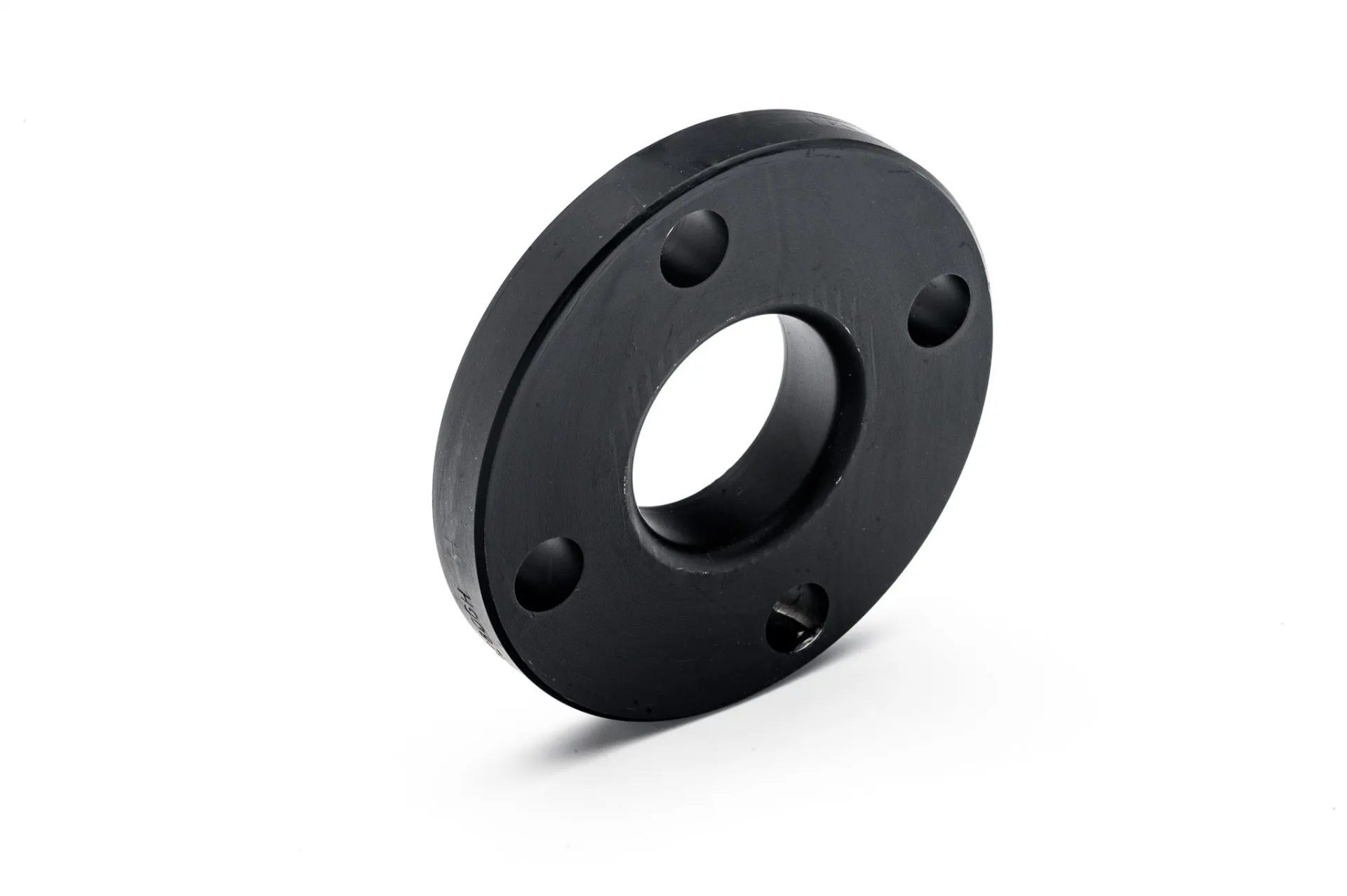-
Cangzhou Yulong Steel Co., Ltd.
-
Phone:
+86 13303177267 -
Email:
admin@ylsteelfittings.com
- English
- Arabic
- Italian
- Spanish
- Portuguese
- German
- kazakh
- Persian
- Greek
- French
- Russian
- Polish
- Thai
- Indonesian
- Vietnamese
- Zulu
- Korean
- Uzbek
- Hindi
- Serbian
- Malay
- Ukrainian
- Gujarati
- Haitian Creole
- hausa
- hawaiian
- Hebrew
- Miao
- Hungarian
- Icelandic
- igbo
- irish
- Japanese
- Javanese
- Kannada
- Khmer
- Rwandese
- Afrikaans
- Albanian
- Amharic
- Armenian
- Azerbaijani
- Basque
- Belarusian
- Bengali
- Bosnian
- Bulgarian
- Catalan
- Cebuano
- China
- China (Taiwan)
- Corsican
- Croatian
- Czech
- Danish
- Esperanto
- Estonian
- Finnish
- Frisian
- Galician
- Georgian
- Kurdish
- Kyrgyz
- Lao
- Latin
- Latvian
- Lithuanian
- Luxembourgish
- Macedonian
- Malgashi
- Malayalam
- Maltese
- Maori
- Marathi
- Mongolian
- Myanmar
- Nepali
- Norwegian
- Norwegian
- Occitan
- Pashto
- Dutch
- Punjabi
- Romanian
- Samoan
- Scottish Gaelic
- Sesotho
- Shona
- Sindhi
- Sinhala
- Slovak
- Slovenian
- Somali
- Sundanese
- Swahili
- Swedish
- Tagalog
- Tajik
- Tamil
- Tatar
- Telugu
- Turkish
- Turkmen
- Urdu
- Uighur
- Welsh
- Bantu
- Yiddish
- Yoruba

Dec . 27, 2024 14:11 Back to list
welding pipe fittings
Understanding Welding Pipe Fittings A Key Component in Pipeline Construction
Welding pipe fittings play a crucial role in the construction and maintenance of piping systems across various industries, including oil and gas, water supply, construction, and wastewater management. These fittings, which include elbows, tees, reducers, and flanges, are essential for connecting different sections of pipes, allowing the system to function efficiently and effectively. In this article, we will explore the significance of welding pipe fittings, the various types available, and considerations for their selection and installation.
The Importance of Welding Pipe Fittings
Welding pipe fittings are designed to create secure and permanent connections between pipes. Their primary purpose is to facilitate the flow of liquids or gases while maintaining structural integrity. In many industries, the performance of a piping system can directly impact safety, efficiency, and overall operational costs. Therefore, choosing the right pipe fittings is critical.
Moreover, welding provides a strong and durable bond compared to other joining methods, such as mechanical fittings or adhesive bonding. A well-executed weld ensures that the joint can withstand pressure, temperature fluctuations, and corrosive materials, which are common in many industrial applications.
Types of Welding Pipe Fittings
There are several types of welding pipe fittings, each designed for specific functions within a piping system
1. Elbows Used to change the direction of flow in a piping system, elbows are essential for navigating around obstacles. They are available in different angles, commonly 45 and 90 degrees.
2. Tees Tees are utilized to create a branch off of the main pipeline. They allow for the safe and efficient division of flow into two different directions.
3. Reducers These fittings are used to connect pipes of different diameters. Reducers can be either concentric or eccentric, depending on the application and the desired flow characteristics.
4. Flanges Flanged joints help to connect pipes to valves, pumps, or other equipment. They provide a convenient means of assembling and disassembling components through the use of bolts.
welding pipe fittings

5. Caps and Plugs To seal the end of a pipe, caps or plugs are used, which helps in maintaining system pressure and preventing contaminants from entering the flow.
Each type of fitting serves a specific role and is available in various materials, such as stainless steel, carbon steel, and plastic, enabling their use in diverse environments.
Considerations for Selection and Installation
When selecting welding pipe fittings, several factors must be considered to ensure optimal performance
- Material Compatibility The choice of material for fittings should align with the type of fluid being transported, as well as the operating temperature and pressure conditions.
- Welding Methods Different welding techniques, such as arc welding, TIG (Tungsten Inert Gas) welding, and MIG (Metal Inert Gas) welding, can affect the quality of the joint. It's essential to choose the right method based on the material and application.
- Standards and Regulations Compliance with industry standards, such as ANSI (American National Standards Institute) and ASME (American Society of Mechanical Engineers), ensures safety and reliability in piping systems. Understanding local codes and regulations is equally important.
- Installation Practices Proper installation techniques are crucial for achieving a robust and leak-free joint. Training and experience in welding procedures can significantly impact the quality of the connection.
Conclusion
In conclusion, welding pipe fittings are invaluable components in the architecture of effective piping systems. Their role in connecting pipes, changing flow direction, and maintaining system integrity cannot be overstated. As industries continue to evolve, the demand for high-quality welding fittings will remain steadfast. By understanding the various types of fittings available, the factors influencing their selection, and the importance of skilled installation, professionals can ensure the longevity and efficiency of their piping systems. Whether for industrial, commercial, or residential applications, investing in quality welding pipe fittings is a step towards reliable and safe operations.
Latest news
-
ANSI 150P SS304 SO FLANGE
NewsFeb.14,2025
-
ASTM A333GR6 STEEL PIPE
NewsJan.20,2025
-
ANSI B16.5 WELDING NECK FLANGE
NewsJan.15,2026
-
ANSI B16.5 SLIP-ON FLANGE
NewsApr.19,2024
-
SABS 1123 FLANGE
NewsJan.15,2025
-
DIN86044 PLATE FLANGE
NewsApr.19,2024
-
DIN2527 BLIND FLANGE
NewsApr.12,2024
-
JIS B2311 Butt-Welding Fittings LR/SR 45°/90° /180°Seamless/Weld
NewsApr.23,2024











